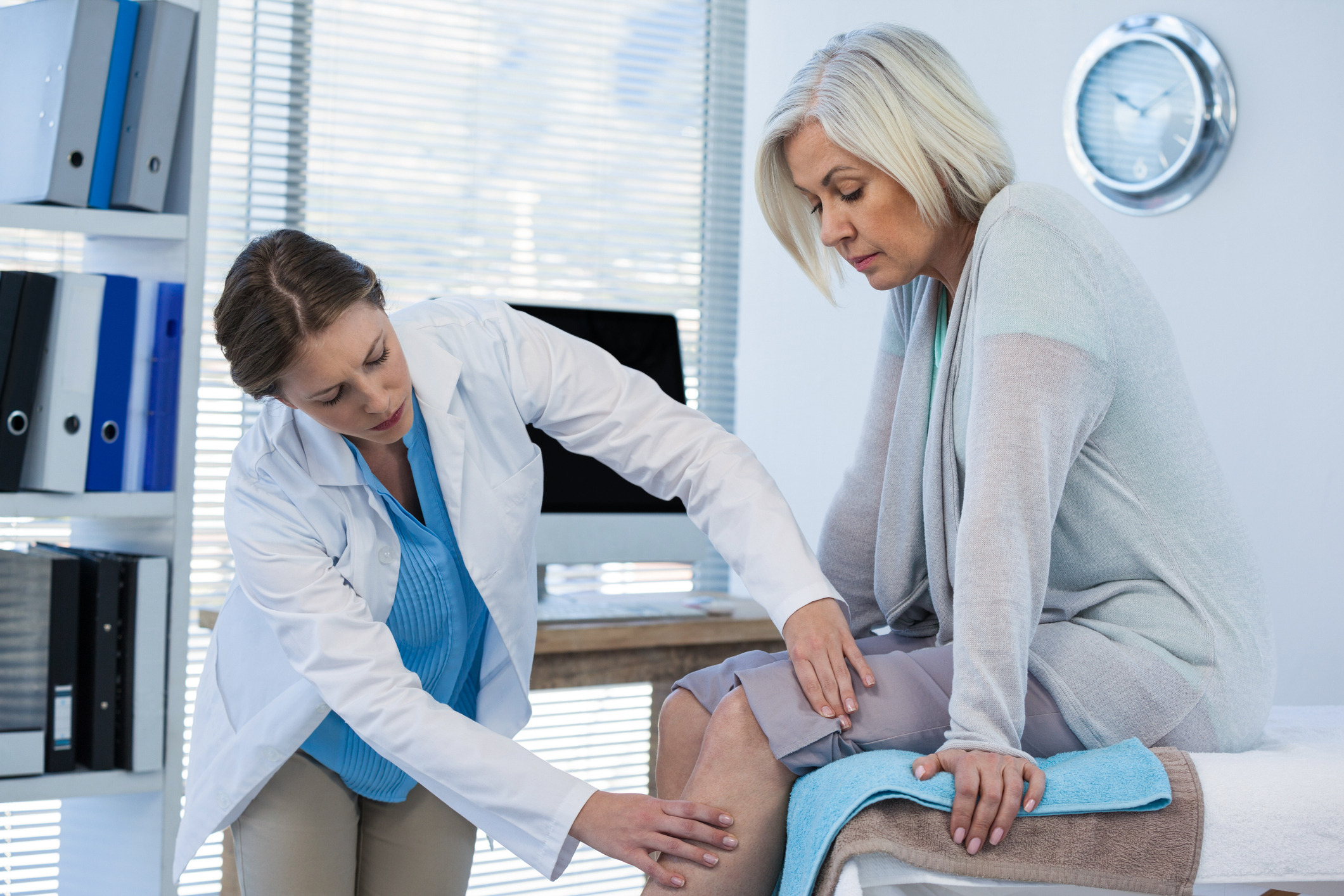Could you be suffering from vein disease? Millions of Americans ignore the warning signs of vein disease, only seeking treatment when complications like venous leg ulcers arise. It’s important, however, to seek vein disease treatment as soon as possible, to protect your vascular health and prevent the disease from worsening over time.
- Are you at risk for vein disease? There are several risk factors for vein disease, and in fact, recent research from Stanford Medical School found 30 genes that may be associated with varicose veins. The most common risk factors for vein disease include:
- Being age 50 or older
- Pregnancy
- Overweight
- Prolonged sitting or standing
- Smoking
- Family history of vein disease
- How can you tell if you’re in the early stages of vein disease? Assess yourself. Do you notice spider veins forming, and do your legs feel heavy when you’re standing up, but better when you’re resting? If so, see a vascular specialist. Vein disease starts with subtle changes like spider veins, which look like scattered or tangled clusters of wispy red or purple lines. They’re flat, and when you rub your hand over them, you won’t feel bulging or swelling. Another early sign of vein disease is varicose veins, which are bulging, ropy, and often quite painful. Varicose veins contribute to leg pain, itching, tingling, swelling, restlessness, and heaviness in the legs, and these symptoms are often the reason people seek medical intervention.
- What happens in the later stages of vein disease? When people with vein disease delay seeking medical attention, the disease can progress to a point that significantly impairs quality of life. In the later stages, it may be more difficult to relieve symptoms by resting your legs or using over-the-counter medications. Varicose veins can lead to skin discoloration and leg swelling because then the veins in the legs are not functioning properly, the body can’t absorb fluid. It’s also easy, at this stage of vein disease, to develop open sores that may recur or take a long time to heal. Venous leg ulcers often come next, because of inadequate blood flow bringing nutrients to the skin. These ulcers can become chronic, painful, and debilitating, and may also introduce bacteria into your legs, causing pain and increasing the risk of infection. Left untreated, vein disease can cause significant disease to the lymphatic system, resulting in lipid accumulation and further damage to the veins.
- What can be done about vein disease? Vein disease treatment varies depending on the stage of the disease. Compression stockings may help keep blood flowing properly, and topical or oral medications can fight infection or inflammation. Your doctor may decide on sclerotherapy, which involves injections into affected veins to reroute blood flow, or microphlebectomy, in which the problematic vein is removed through a small nick in the skin. Endovenous thermal ablation is another option, using high-frequency radio waves or heat from a laser to collapse the problem vein inside of itself, which is then reabsorbed by the body. The best time to seek treatment is in the early stages of vein disease, but these treatments can restore your quality of life even in the later stages.
If you’re concerned about your legs or have noticed the first symptoms of vein disease, Salem Interventional Radiology can help. Established in 1974, we are the largest radiology group in the area and offer a depth of specialization among our doctors that you would expect to find only at major university medical centers. To learn more or schedule an appointment, call (503) 399-1262 or contact us through our website.

